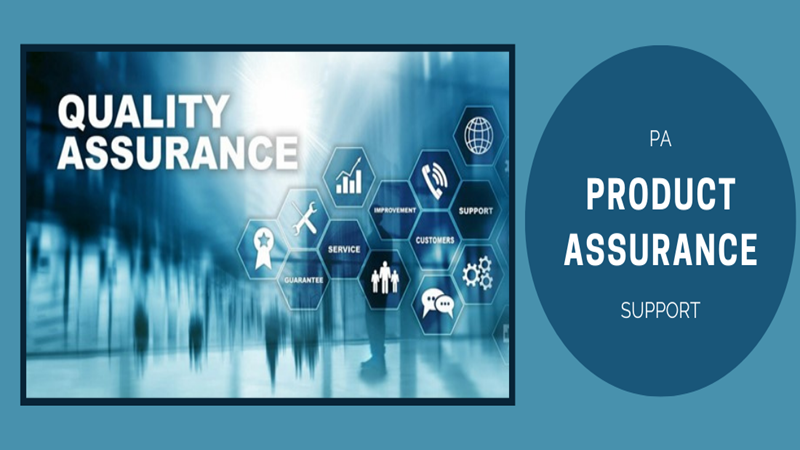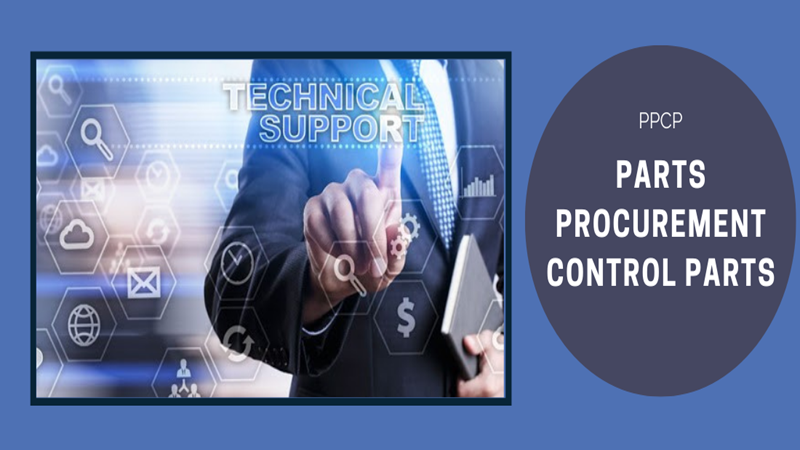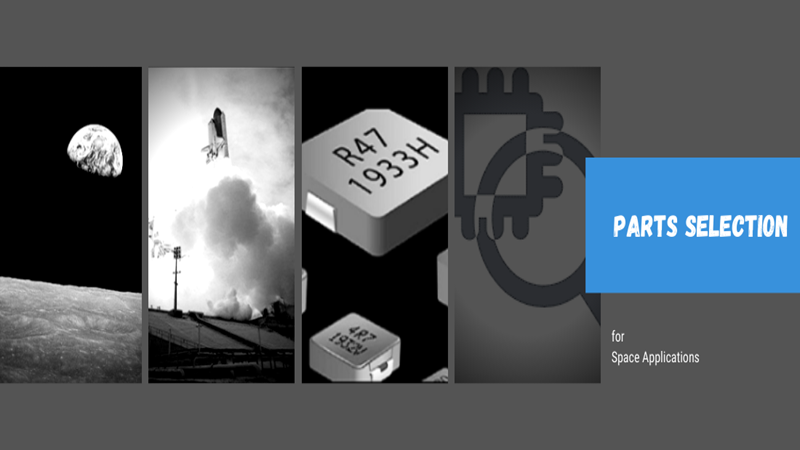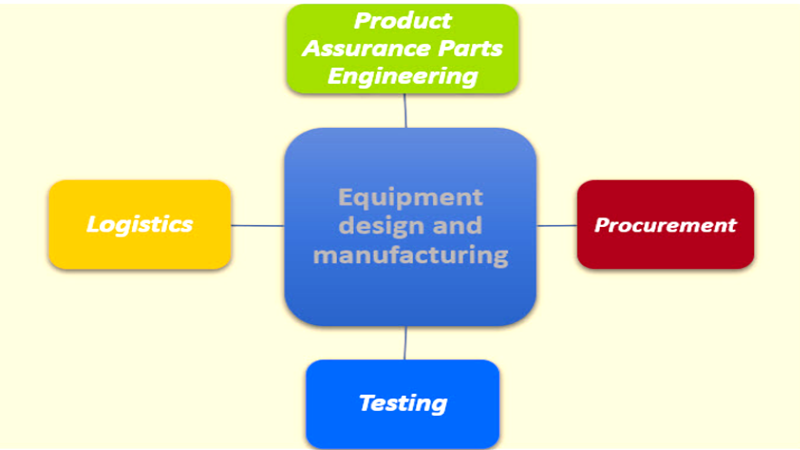On previous posts, we have described the importance of PA Support tasks to make the procurement of EEE parts for a Space Project to comply with the Product Assurance requirements. One of the key activities performed in the frame of PA support is the development of Detail/Procurement Specifications for EEE parts, but why is this so important? Isn’t it enough to have the datasheet the manufacturer provides?
Well, the answer is no. And this is because of their different content and objectives. On the one hand, manufacturer datasheet provides the technical information of a EEE part in terms of electrical performance (parameters values: maximum rating values, operating conditions, etc.), package (including dimensions) and perhaps some information on materials used. Furthermore, the datasheet is not always under strict configuration control, and the information included can be changed without notice or even be outdated. This is, the datasheet is always under manufacturer control. This also implies that some parameter information that may be critical for a specific customer application may not be shown in the datasheet if the manufacturer does not consider it typically important. Furthermore, it may happen that this parameter has not even been measured ever.
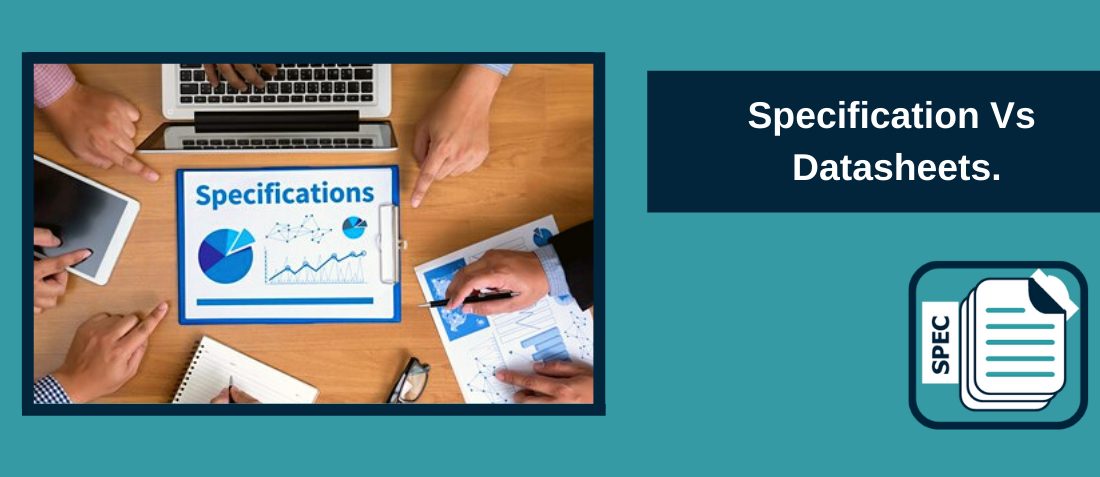
On the other hand, we have the detail/procurement specifications. These provide not only the information provided in the datasheet but also information on testing performed on the lot, specifically deviation to generic specification in terms of in-process controls, screening, lot validation testing and its methods and success criteria and also marking requirements. Specifications are signed and kept under configuration control, needing the parts procured under such specification to be compliant to it. On this regard, we can find detail specifications issued by any agency (ESA, DLA, NASA, GSFC, JAXA…), detail specifications redacted by the own manufacturers and customer specifications.
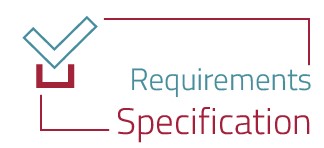
The latter is the most interesting one in terms of PA support: these are developed when there is not a previous suitable agency/manufacturer specification and a new one needs to be developed to procure a specific lot of parts that comply to certain PA or customer requirements (testing performance, screening, LAT/LVT/QCI, additional procurement activities to be performed by the manufacturer or the procurement agency), electrical requirements or even certain mechanical requirements (for example, some specific dimension values that are not the standard for that part). In this case, the specification is developed and controlled by the customer according to their needs and agreed with the manufacturer of the part, so the procurement is performed under its frame. As can be seen, this approach provides great versatility to suit diverse project requirements, making procurement specifications a compelling asset for Space project users.


